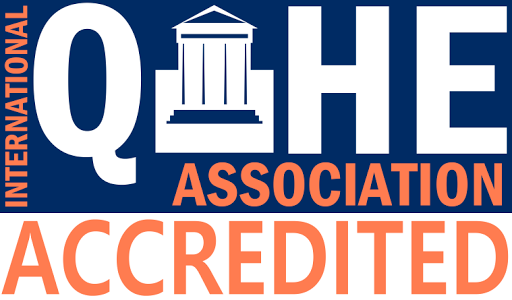In today’s evolving education landscape, school leaders are looking for professional development models that actually engage teachers and show real impact in classrooms. Traditional workshops and one-size-fits-all training no longer meet the needs of dynamic classrooms.
That’s where faculty-led professional development comes in. It shifts the focus to peer collaboration and teacher leadership, making growth more relevant, actionable, and sustainable.
For school administrators pursuing advanced leadership training, like a Post Graduate Diploma in School Management, this model offers a practical way to build leadership capacity from within and foster a strong school culture of learning and improvement.
If you also want to learn about faculty-led PD, how you can implement it, and measure it, then keep reading this blog further.
So, without any further delay, let’s get started.
What Is Faculty-Led PD?
Faculty-led PD is a teacher-driven approach to professional development. Instead of bringing in external speakers, you empower your own educators to lead sessions, share insights, and co-create growth plans.
This approach has three core benefits:
- Encourages peer-to-peer learning
- Builds a stronger sense of ownership
- Helps create lasting improvements in teaching practices
3 Proven Models of Faculty-Led PD
As a school leader, you don’t need to start from scratch. Here are three models to choose from or adapt:
1. Use Existing Leadership Roles
Many schools already have roles like curriculum coordinators or department heads. Let these leaders run goal-focused PD sessions, like boosting literacy or improving assessment strategies.
Tip: Provide weekly planning time or resource access to help them succeed.
2. Create New Teacher Leader Roles
If you lack formal structures, appoint teacher leaders by grade band or subject area. Train them during breaks (e.g., summer or winter break) so they’re equipped to run effective PD.
This will benefit especially veteran teachers to re-engage when given meaningful roles.
3. Launch Temporary Project Teams
Form short-term working groups across grade levels. Assign them a goal, like- improving classroom leadership or integrating SEL. Let them design, test, and share strategies.
Bonus: These teams foster cross-pollination of ideas and build unity across departments.
3 Major Impact of Implementing Faculty-Led PD
Let’s get to know some of the positive impacts that faculty-led PD can create in your school:
1. Better Student Outcomes
When teachers lead PD with a specific focus, like improving writing or reading skills, student achievement improves across the board.
2. Stronger Teacher Engagement
Teachers feel a deeper sense of responsibility and pride when they lead or co-create PD. They’re more likely to try new methods and support their peers.
3. A Healthier School Culture
Faculty-led PD encourages trust, openness, and shared purpose. Staff morale rises, collaboration improves, and your school becomes a place where everyone is growing together.
Practical Tips for School Leaders To Implement Faculty-Led PD
Till now, we have seen that the implementation of Faculty-led PD can do wonders for schools. Now let’s get to know some of the practical tips for every school leader who’s looking forward to implementing them:
- Start Small: Begin with one teacher-led session or pilot group
- Recognize Effort: Celebrate leaders during staff meetings or newsletters
- Offer Support: Provide resources, planning time, and mentorship
- Keep It Relevant: Align all PD with school goals and student needs
Final Thoughts
Faculty-led professional development is more than just a training method, it’s a mindset shift. It taps into the leadership potential of your teachers, promotes collaboration, and drives school-wide improvement.
For school administrators seeking to lead from the front, especially those pursuing a Post Graduate Diploma in Education Leadership or a Post Graduate Diploma in School Administration, implementing faculty-led PD offers a practical and powerful way to lead change from within.









